Why did the USSR build subway stations inside residential buildings? (PHOTOS)
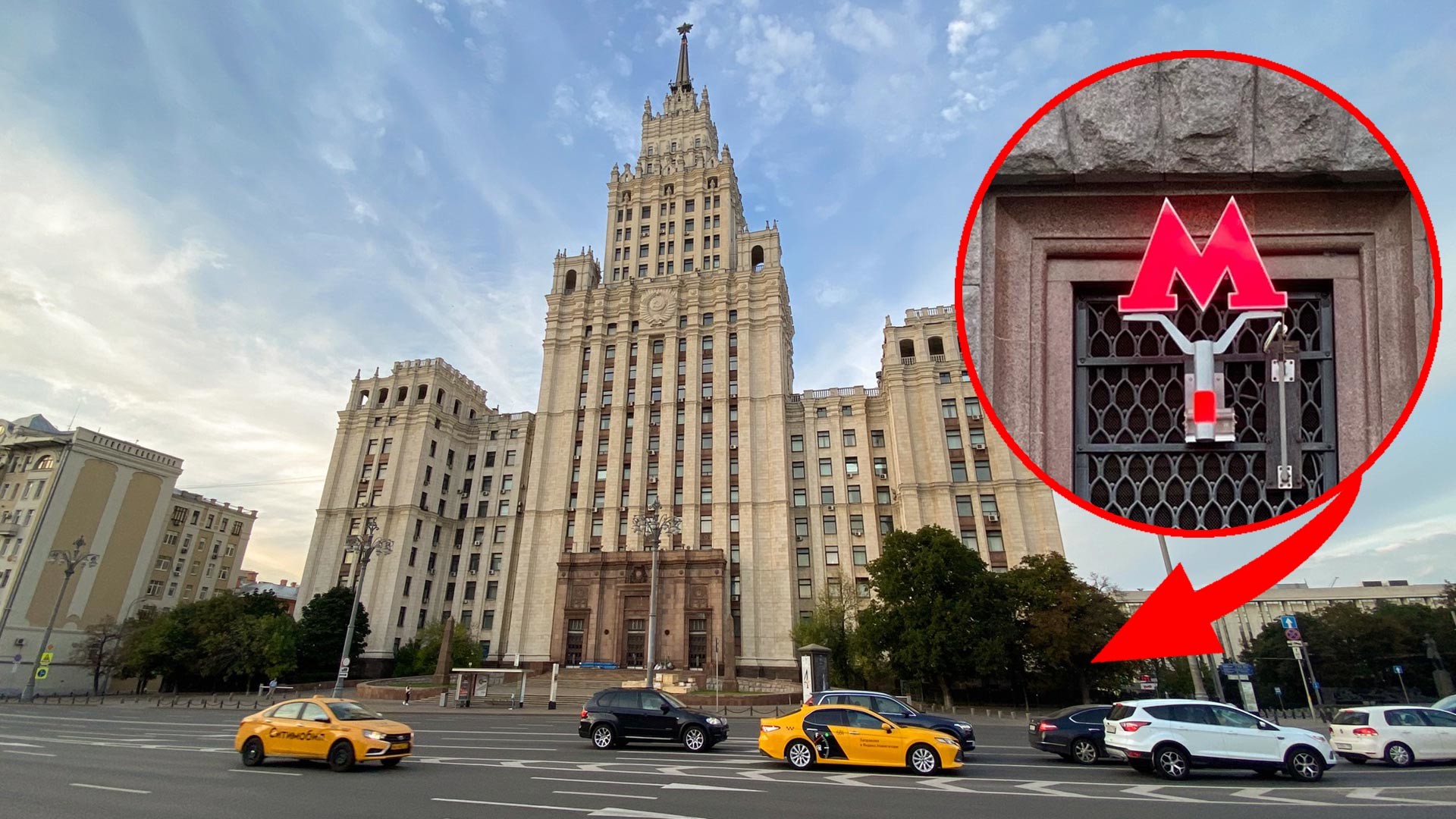
Do you wish you lived closer to the Metro station? What would you say if the Metro entrance were actually inside your apartment building? Most of the buildings in Moscow with built-in subway entrances appeared between the end of the 1930s and the 1950s. It was a boom period for construction in the new Soviet capital, with a focus on monumental "Stalinist Empire-style" structures. Pioneering architects came up with many unorthodox solutions in their designs, often with a key goal of packing as many things together as possible. One way of doing this was to incorporate the entrance halls of Metro stations into residential buildings.
Former rental apartment building on Okhotny Ryad
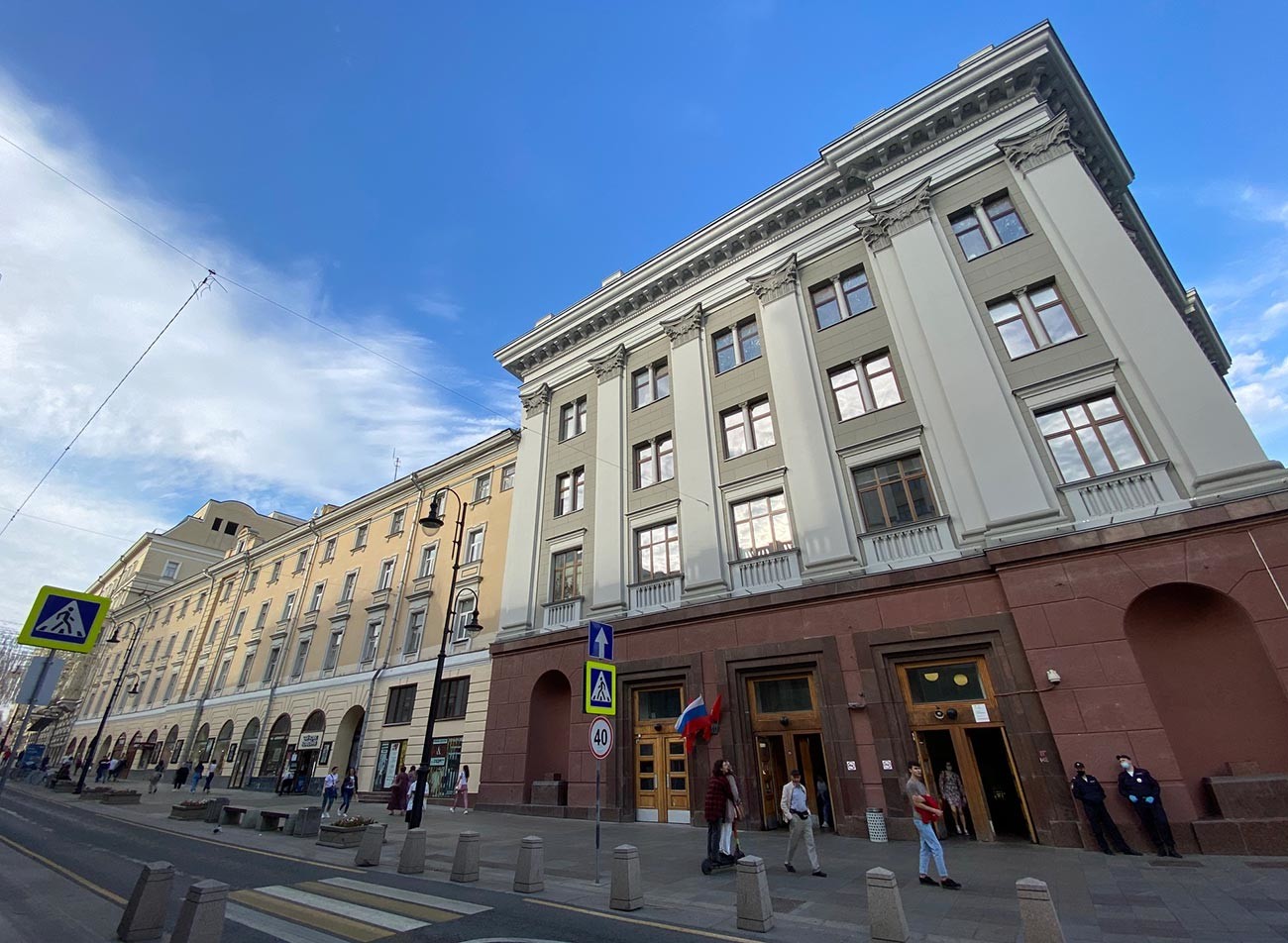
It all started in the very center of Moscow when one of the first Metro stations, Okhotny Ryad, opened in 1935. When designing the entrance halls, one problem builders faced was that the area was very densely built up. The solution the architects came up with was to use the ground floor of an old mansion built from the first part of the 19th century as the entrance and exit for passengers. They simply could not find any other solution that did not require closing this central Moscow street to traffic or demolishing buildings.
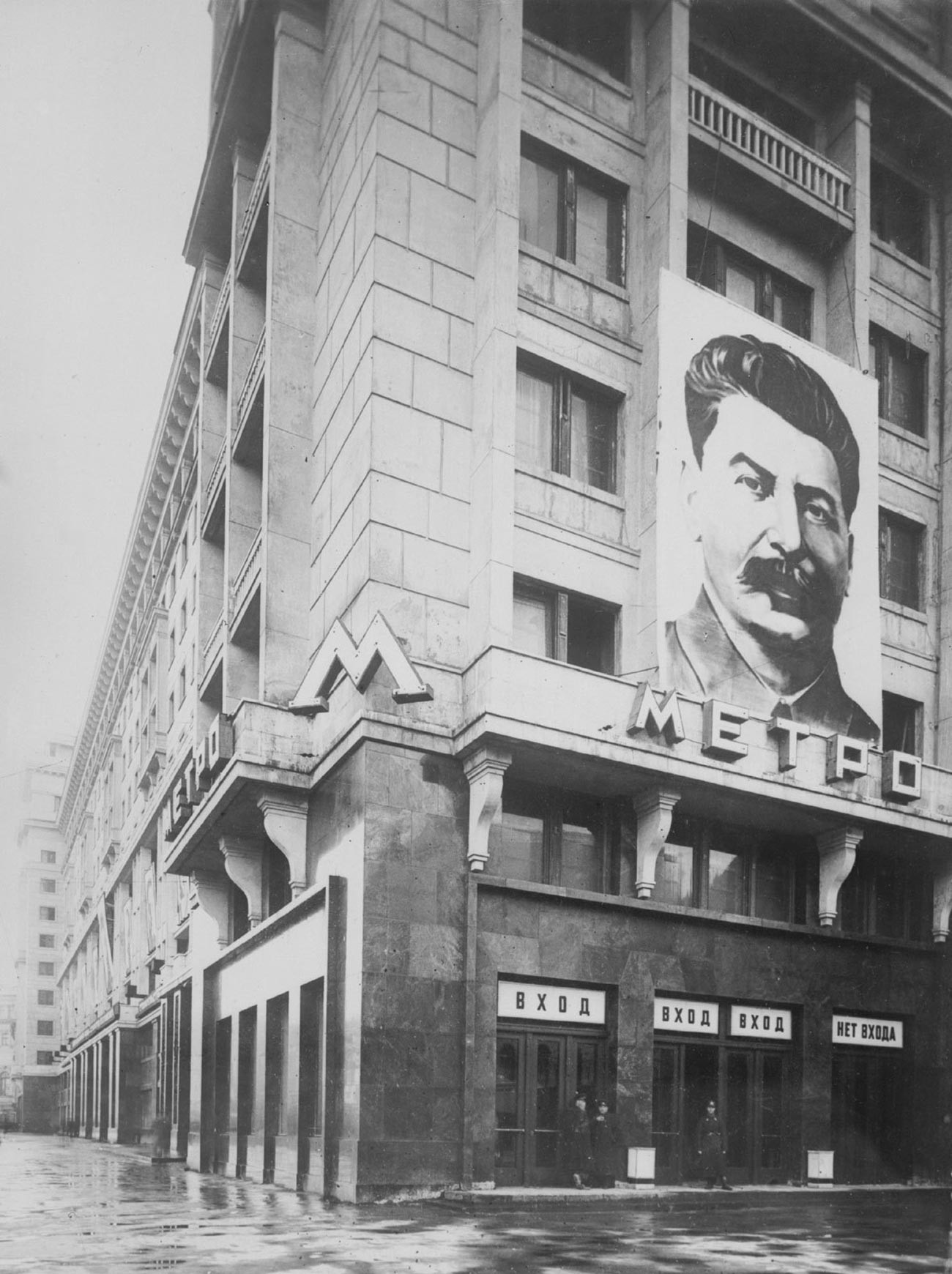
Before the Metro came along, the building had housed rented apartments, a shop selling mirrors and a butcher's shop. The building was rebuilt in the 1930s, and its top floors lost their balconies and bay-windows, while the ground floor was turned into the Metro entrance hall. Nowadays, the administrative offices of a theater occupy most of the building.
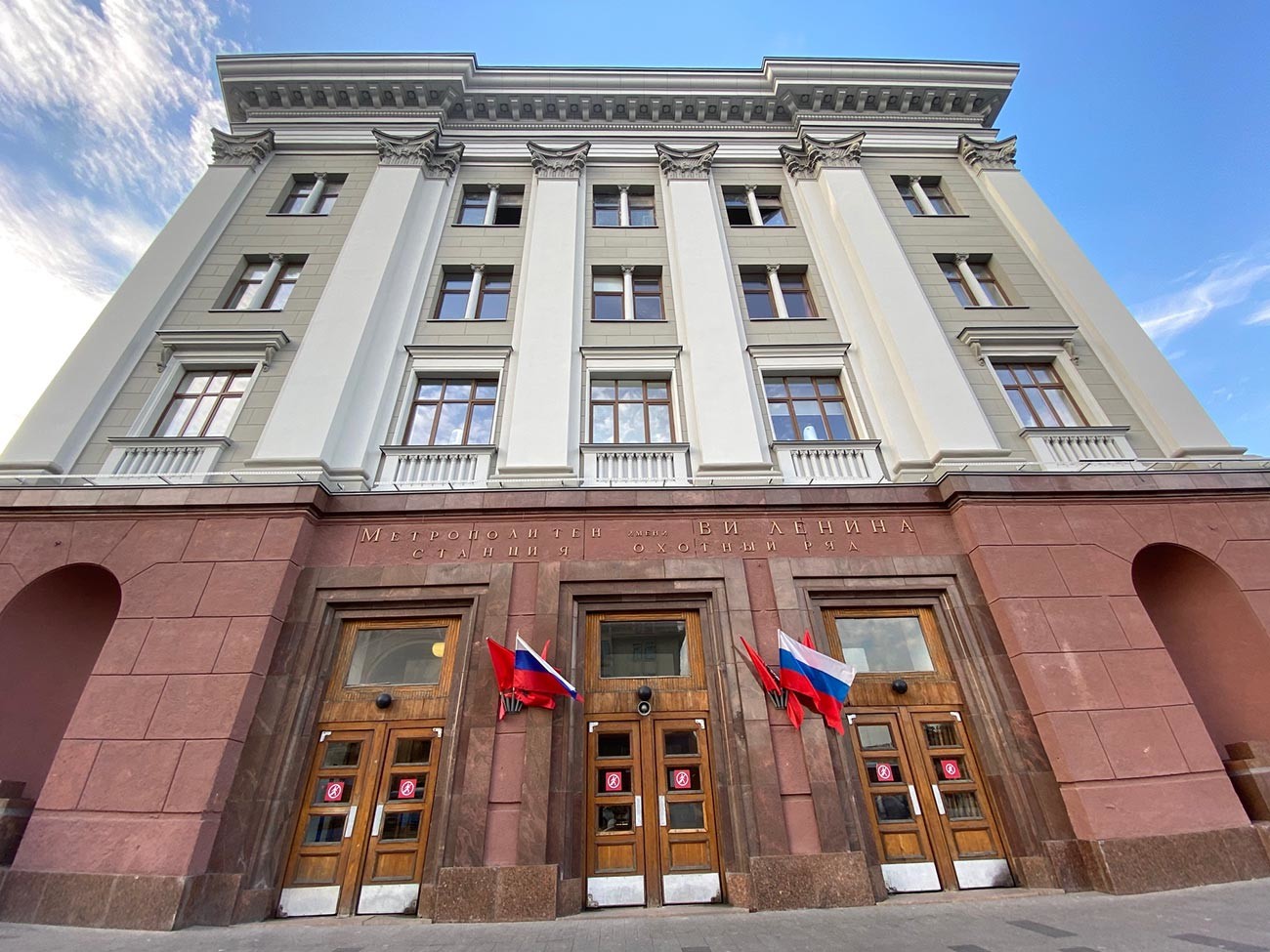
High-rise on Krasnye Vorota Square
This exclusive residential building is one of the "Seven Sisters," as the skyscrapers built in the Stalinist Empire style on Sadovoye Koltso (the Garden Ring) from 1947-1957 are known. In the Soviet period, the central part of the building housed the Ministry of Transport Construction, along with around 270 apartments in the two side wings. The skyscraper's ground floor is taken up by the entrance hall of Krasnye Vorota Metro station. The ventilation shaft, elegantly camouflaged as a "gazebo" with columns, is situated in the courtyard. All parts of the building, including the Metro's own offices, are linked by a common basement.
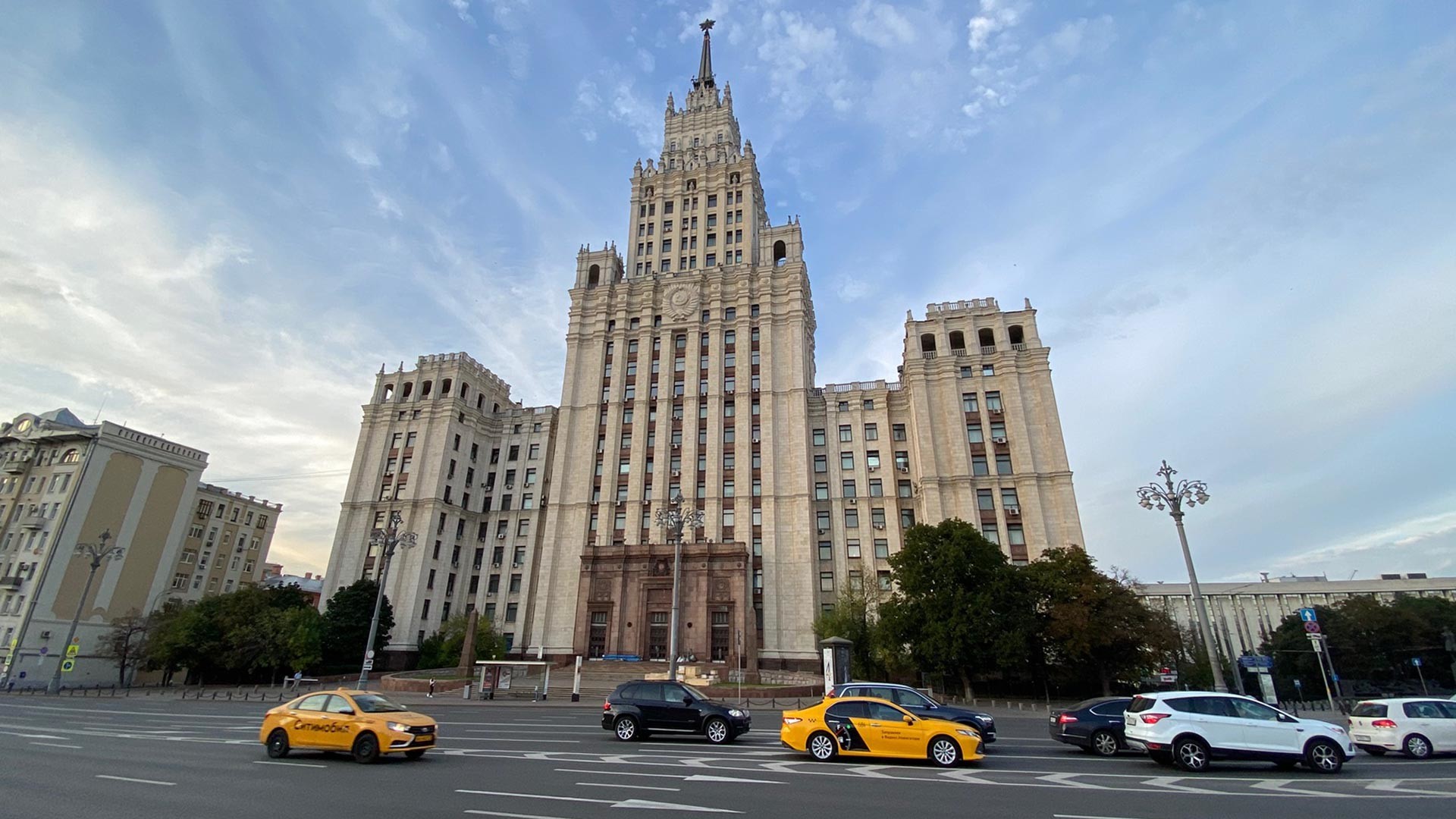
Architect Alexey Dushkin planned to incorporate Metro entrance halls inside all the "Stalin high-rises," but the idea was only realized in the Krasnye Vorota building. The station entrance hall and the foundations of the building were built simultaneously to save time. To prevent the building from collapsing into the construction pit of the entrance hall, soil around the building site was artificially frozen and the building itself was deliberately erected at a slight angle so that it could straighten out as the ground settled. A miracle of engineering!
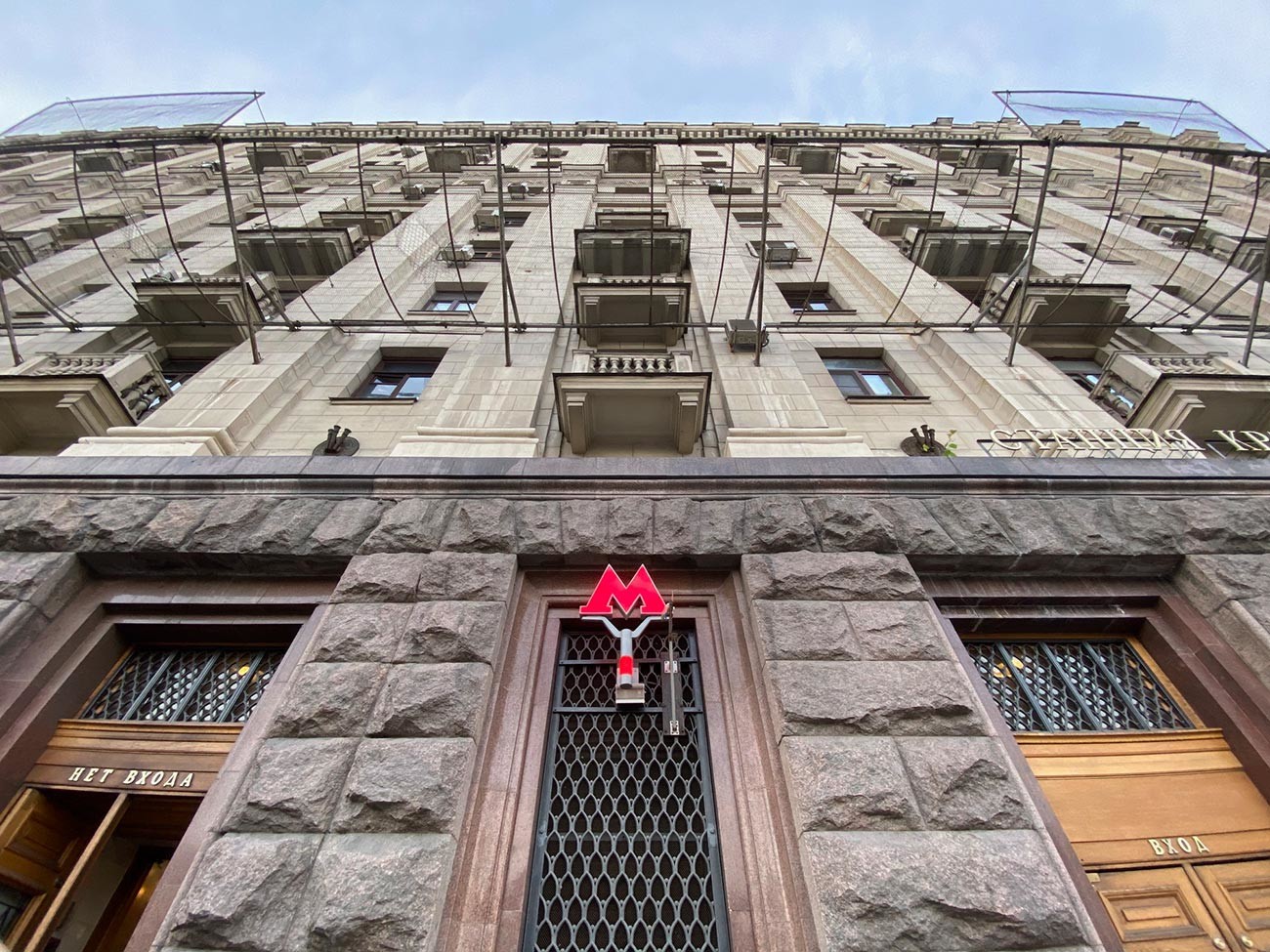
"It’s convenient to have the Metro entrance inside the building,” says local resident Asya Soskova. “I leave my part of the house, turn the corner and that's it. I live on the third floor with the windows overlooking the courtyard. There is a nursery in the courtyard, and you can hardly hear any street noise."
Residential building on Prospekt Mira street
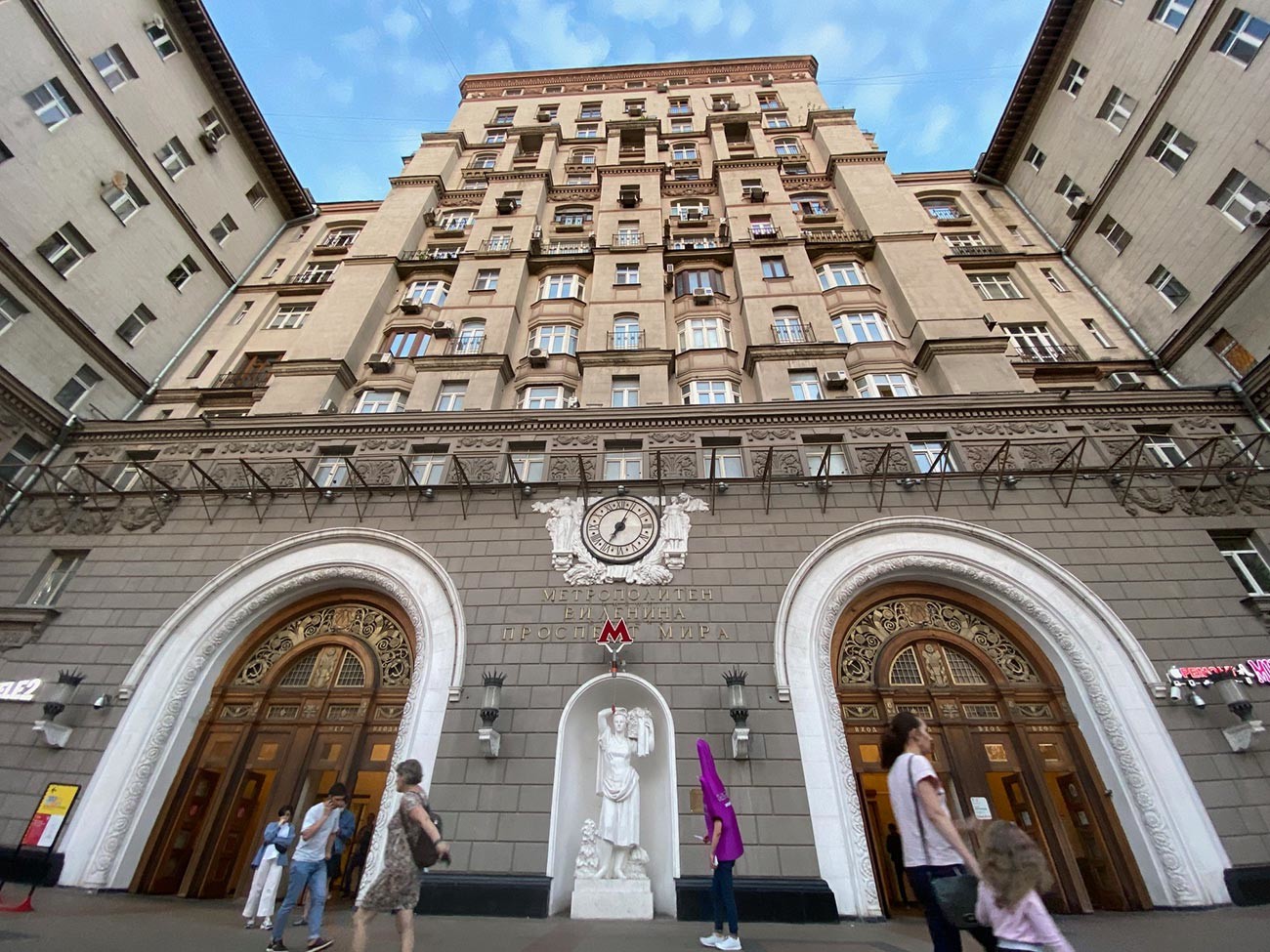
The Prospekt Mira station on the Circle Line was opened in 1952. Its entrance and exit are incorporated into a residential building at Prospekt Mira 38. Until 1966, the station, which was originally decorated with agricultural motifs, was called Botanichesky Sad (after Moscow State University’s nearby Botanical Garden). The facade of the building was built a year later and is decorated using bas-reliefs with floral ornaments. Its appearance integrates very well with the entrance hall.
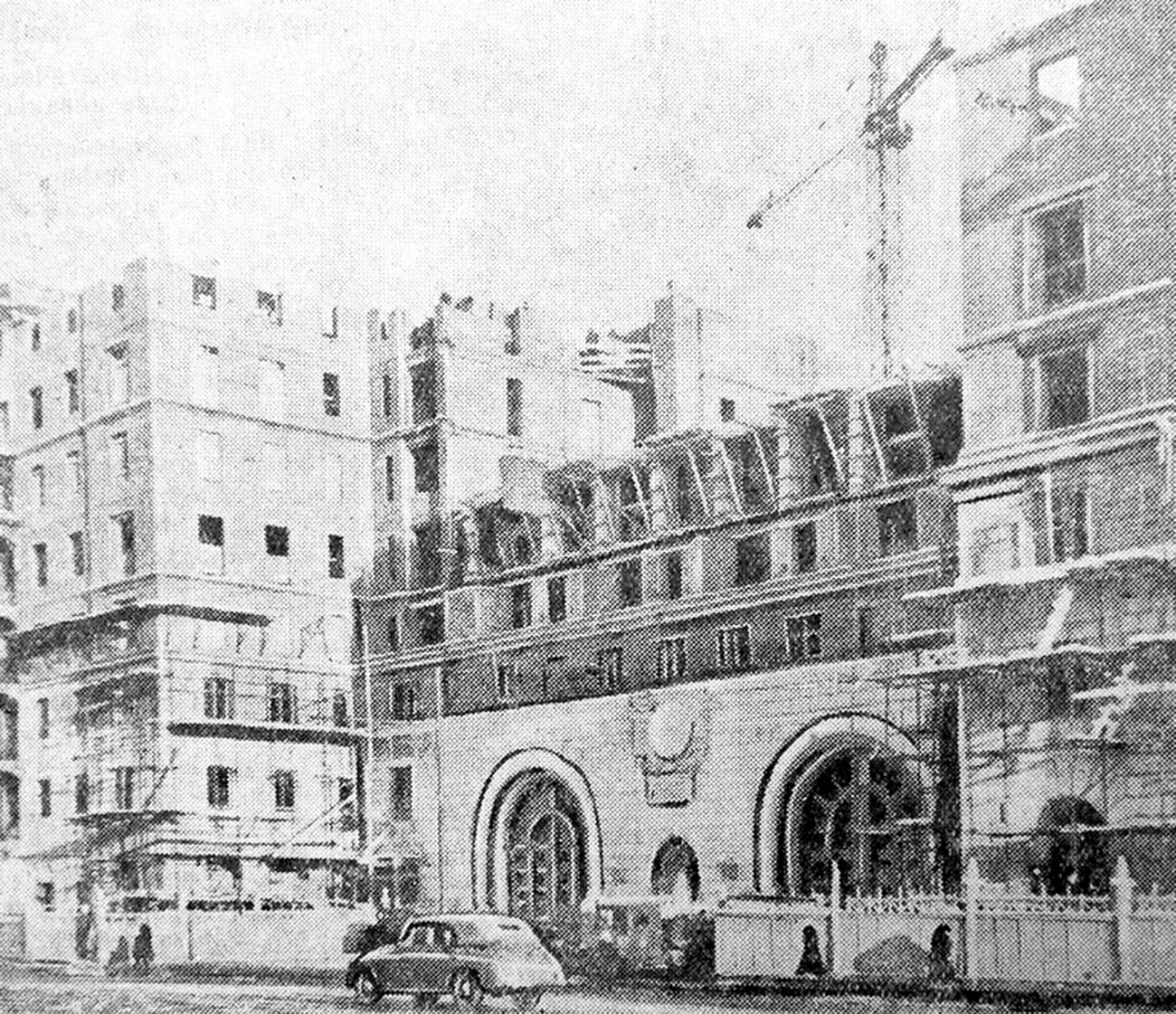
The building was intended to house the Metro builders themselves, according to news articles from that period. Its central part has 13 floors, and the side wings are eight stories high. The building on Prospekt Mira was one of the last examples of Stalinist architecture built in Moscow.
Building on Avtozavodskaya Street
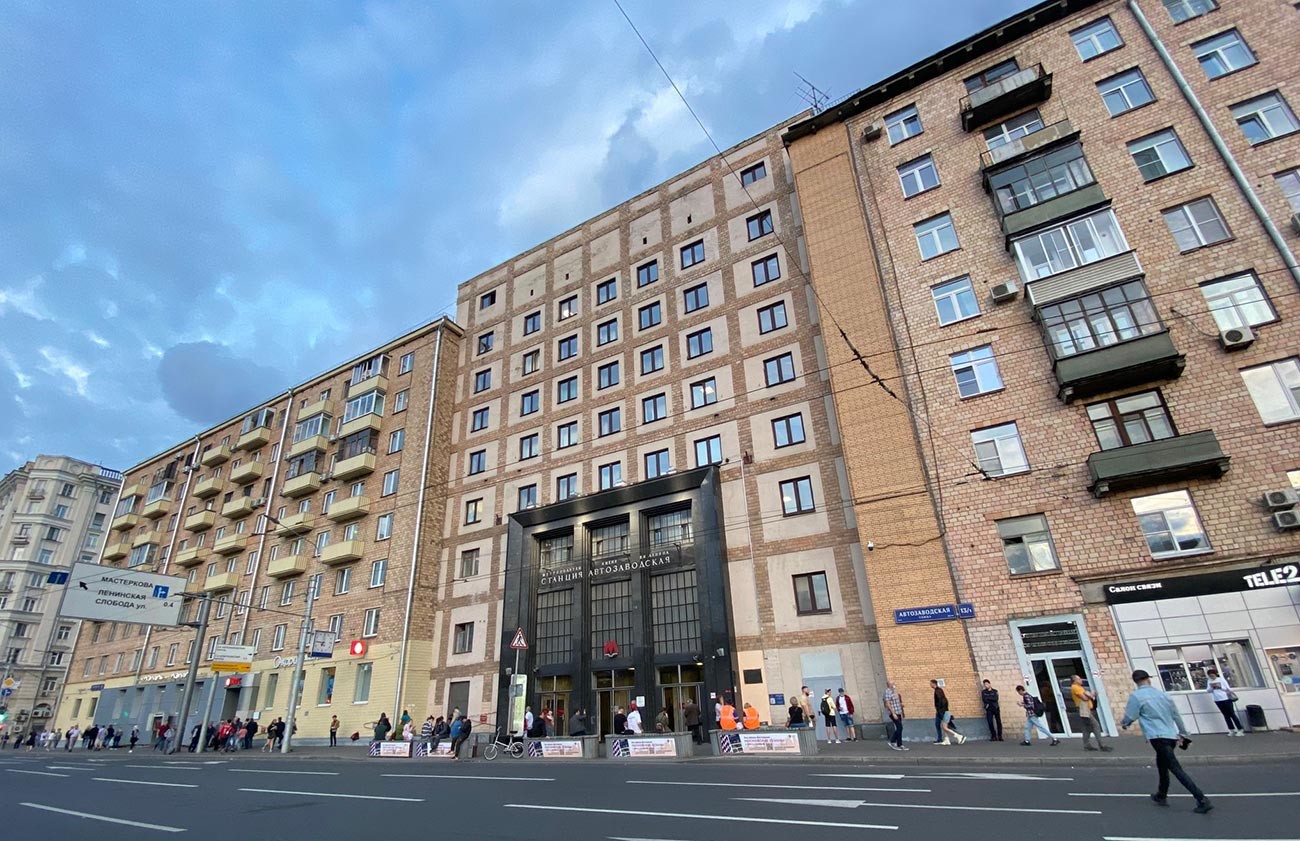
In 1943, the southern entrance hall of Avtozavodskaya Metro station was initially built separately in the street, but the plan was to incorporate it into the block of flats so it would be more convenient for residents. Apartment blocks for the workers of the Stalin Vehicle Plant were already rapidly being put up in the area, and in the plans drawn up by architect Alexey Dushkin (who also worked on the Krasnye Vorota high-rise), the entrance hall was incorporated into the new building in 1961.
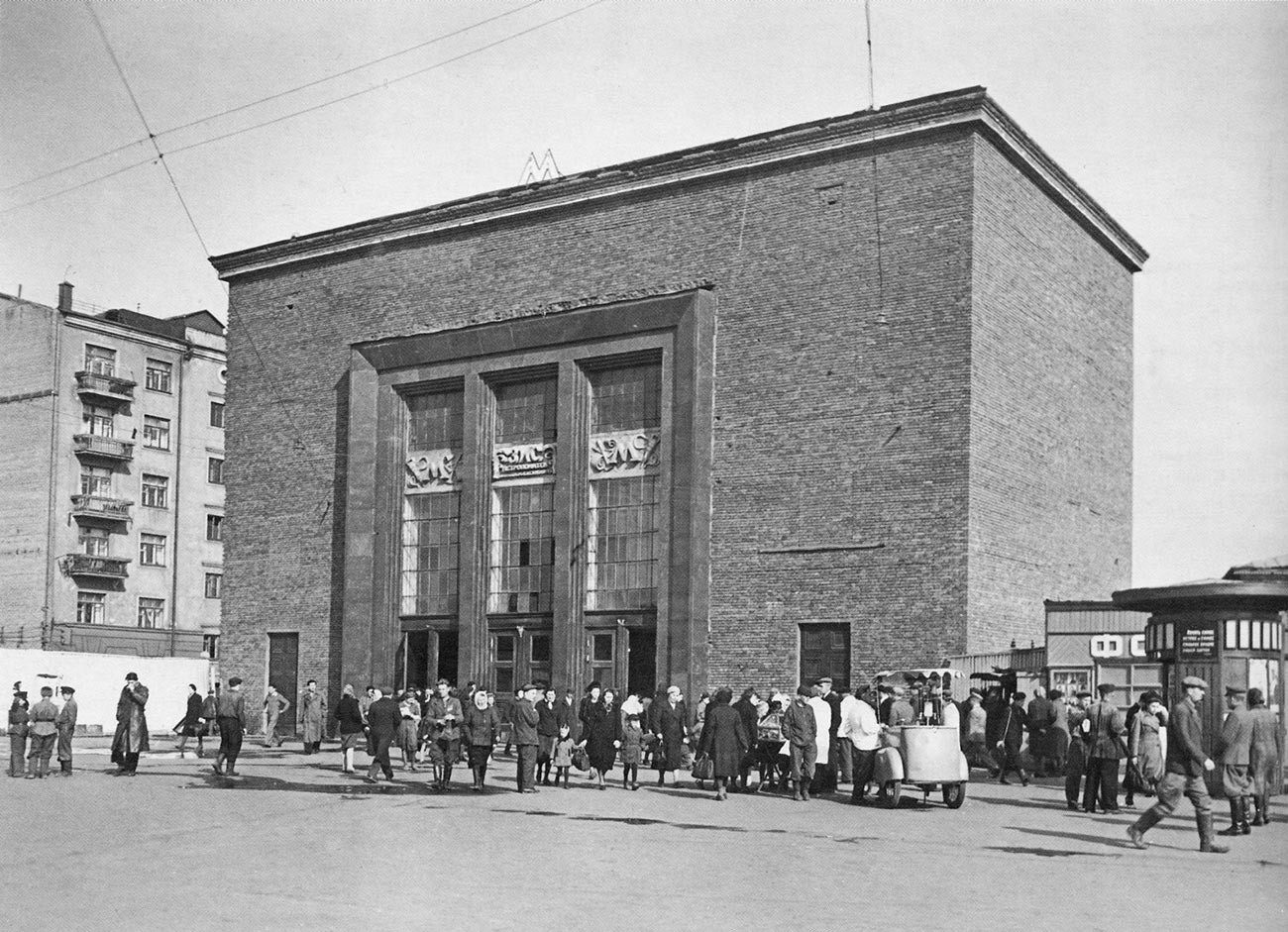
Construction lasted several years, and if you look closely you can see that the building consists of three sections: two side wings and the central part that includes the entrance to the Metro. The entrance hall itself, located above the entrance to the station, includes premises for Metro staff.
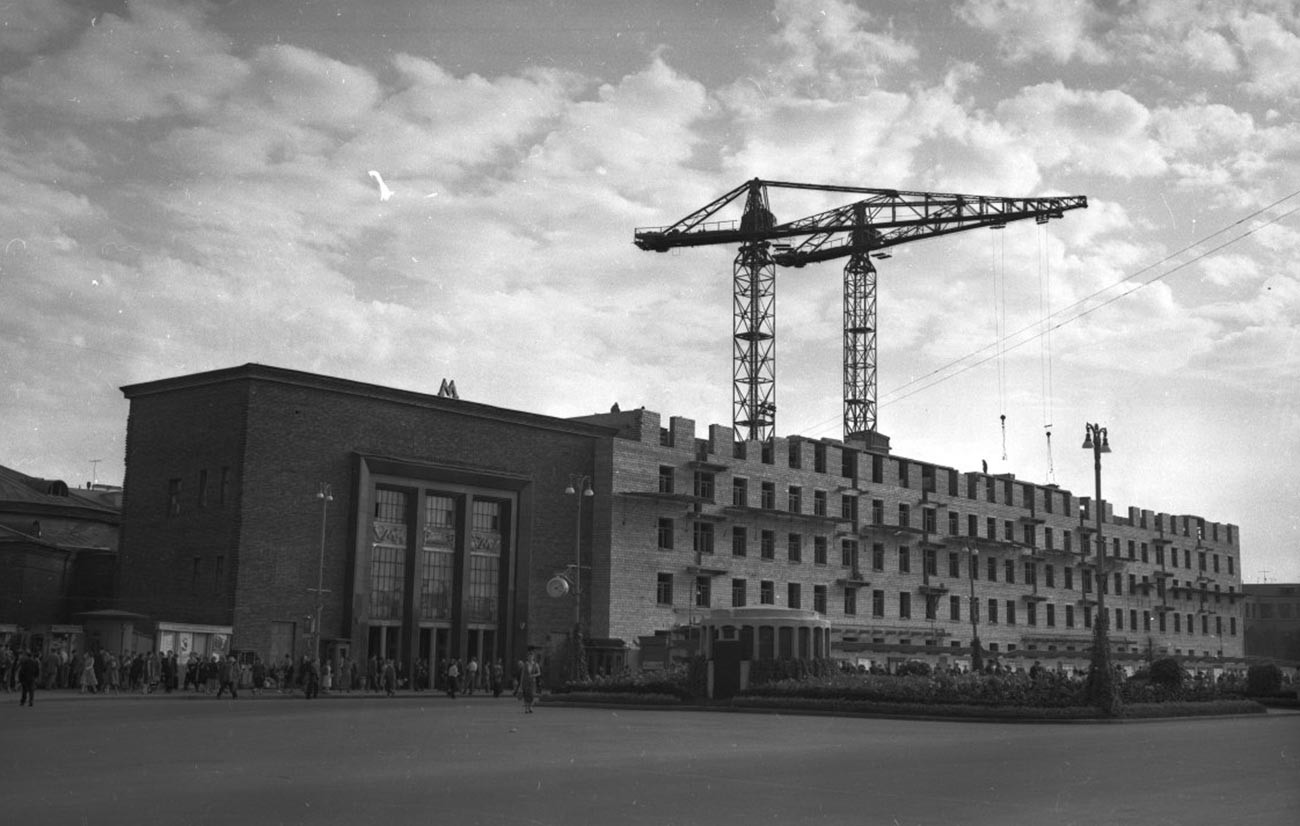
This proximity to the Metro station does not create any particular inconvenience or cause train vibration for residents since a large part of the entrance hall is located in the building's courtyard.
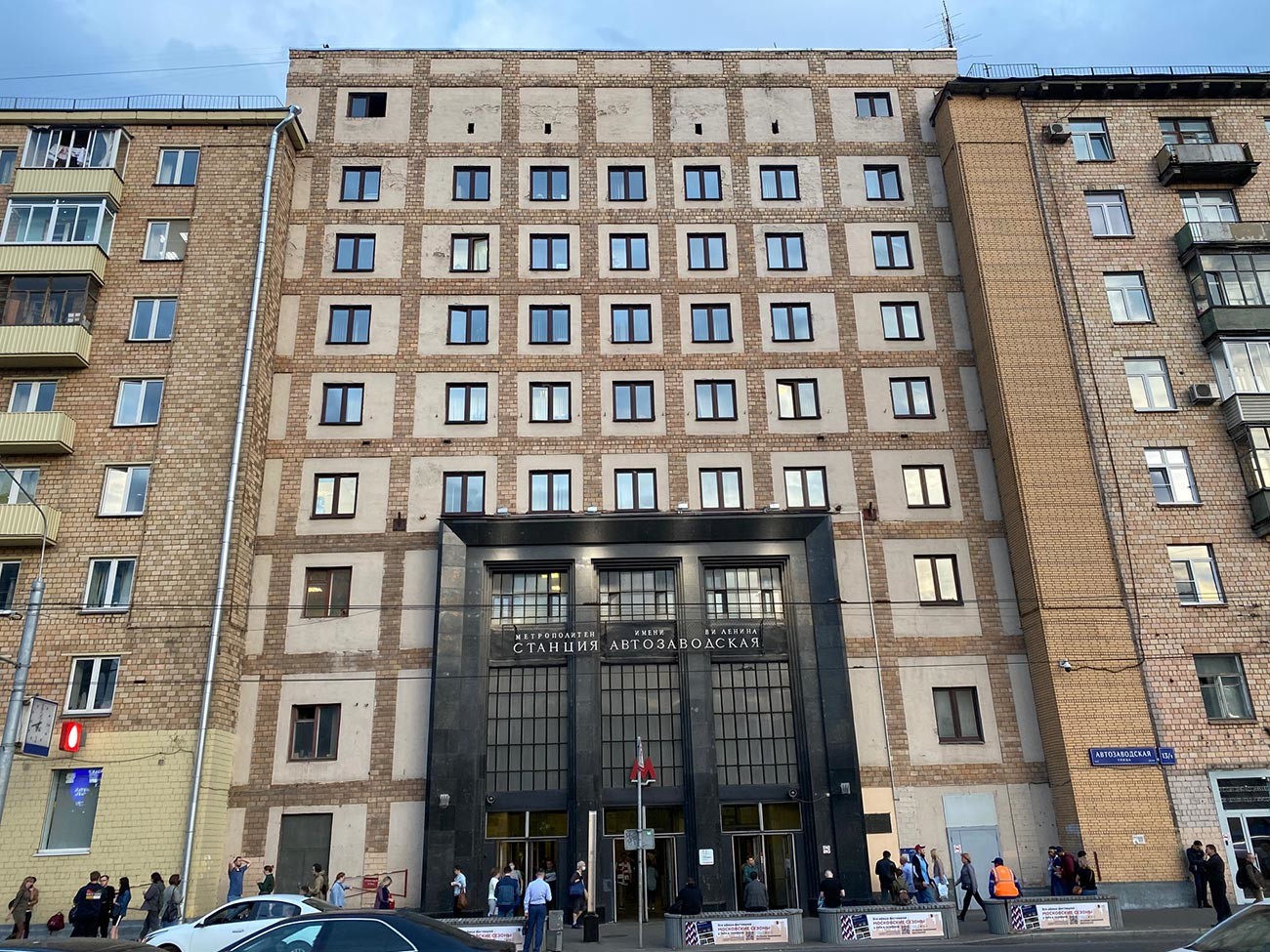
Housing for railway workers
There are so many Metro exits on the square by Kursky Railway Station that this one usually goes unnoticed.
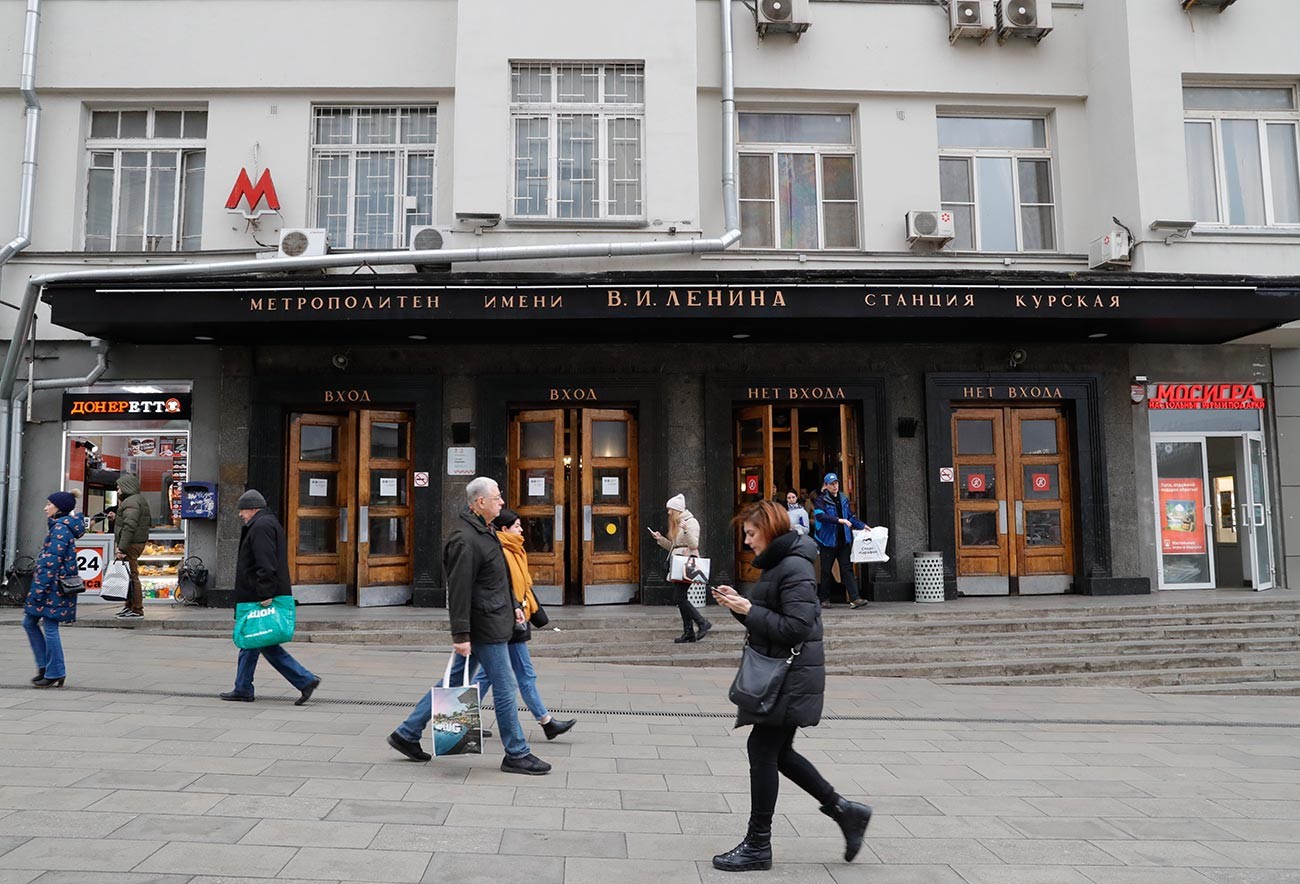
Kurskaya Metro station on the Arbatsko-Pokrovskaya Line was opened in 1938, and one of the exits was put in a residential block that had been erected for railway workers in 1932 in the Constructivist style. Today, the building houses not just ordinary flats, but also offices.
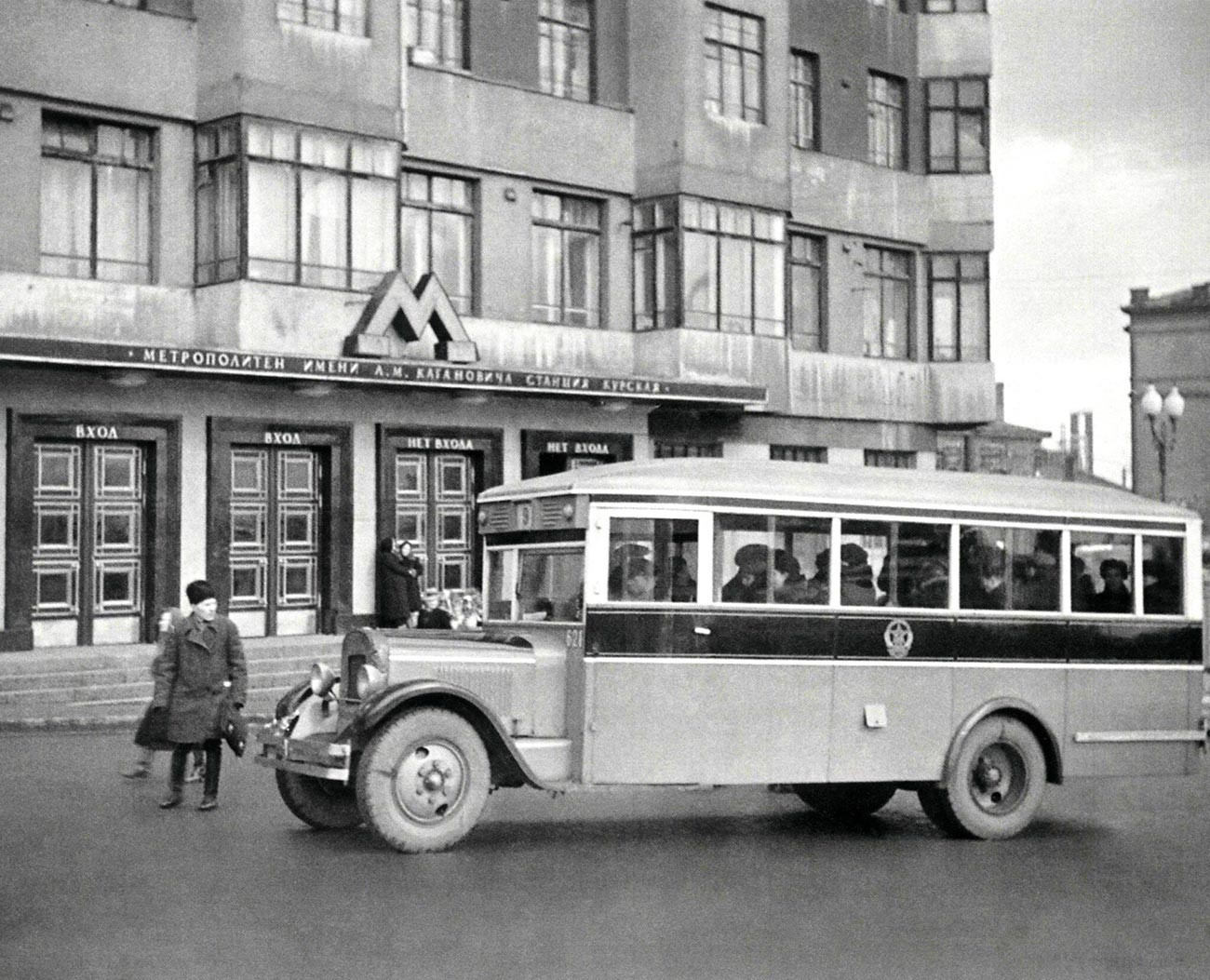
House with a turret on Smolensky Boulevard
This "castle" for the Soviet elite was built on Smolensky Boulevard in the 1950s by the legendary architect, Ivan Zholtovsky. He was reproached for excessive "ornamentation" and built the turret using his own funds. Prior to this grand design, he had worked on standardized apartment blocks but wanted architecture to appeal both to the eye and to ordinary Muscovites.
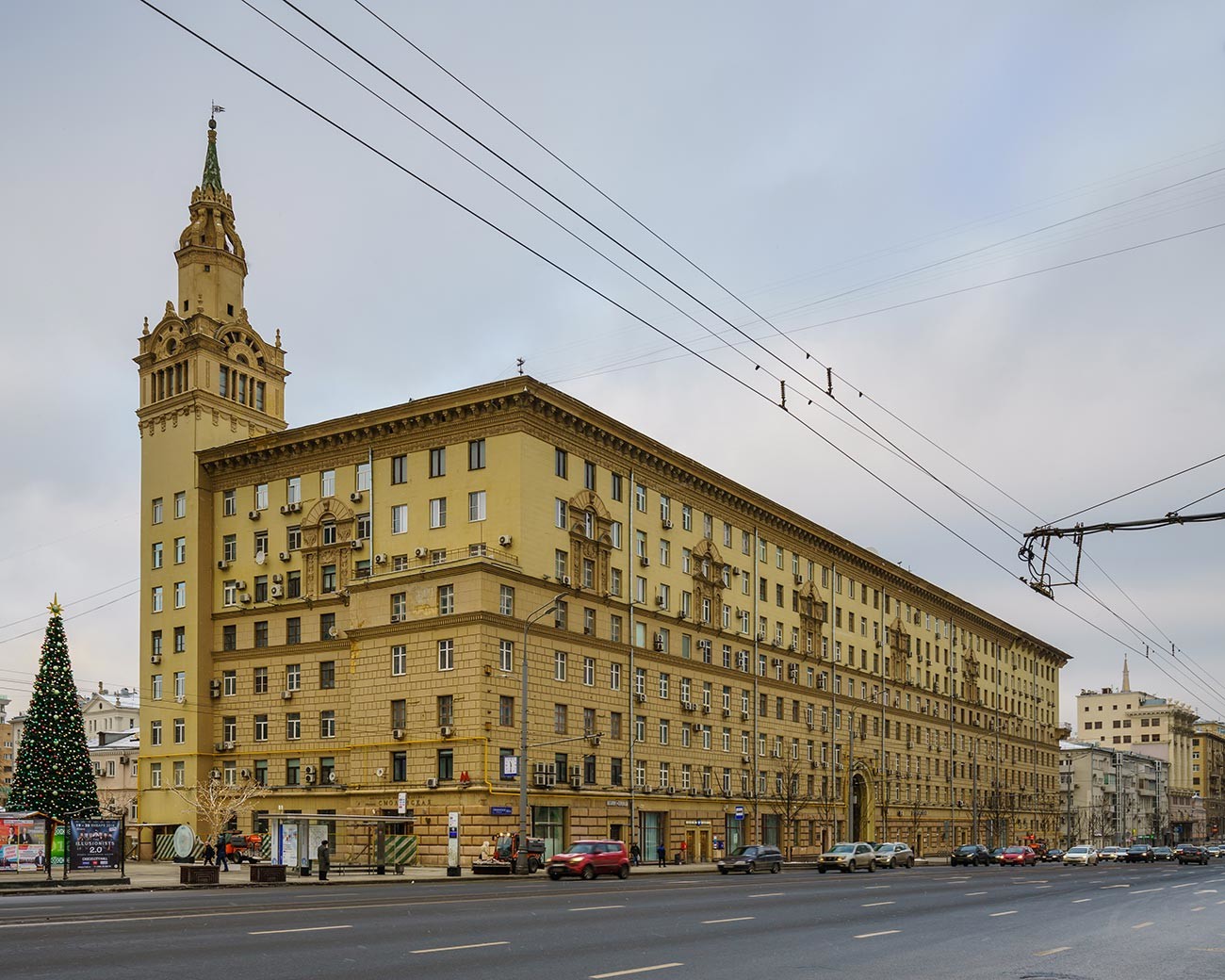
In addition, the entrance hall of Smolenskaya Station on the Filevskaya Line is housed on the ground floor. According to local residents, the close proximity of the Metro is not a nuisance: "You can't hear even the slightest noise of the Metro, which runs literally under the house. The ceiling height in the basement is seven meters. It was fitted with reinforcing posts and cushioning to control vibration, which made it possible to build the exit from Smolenskaya Station inside the building.”
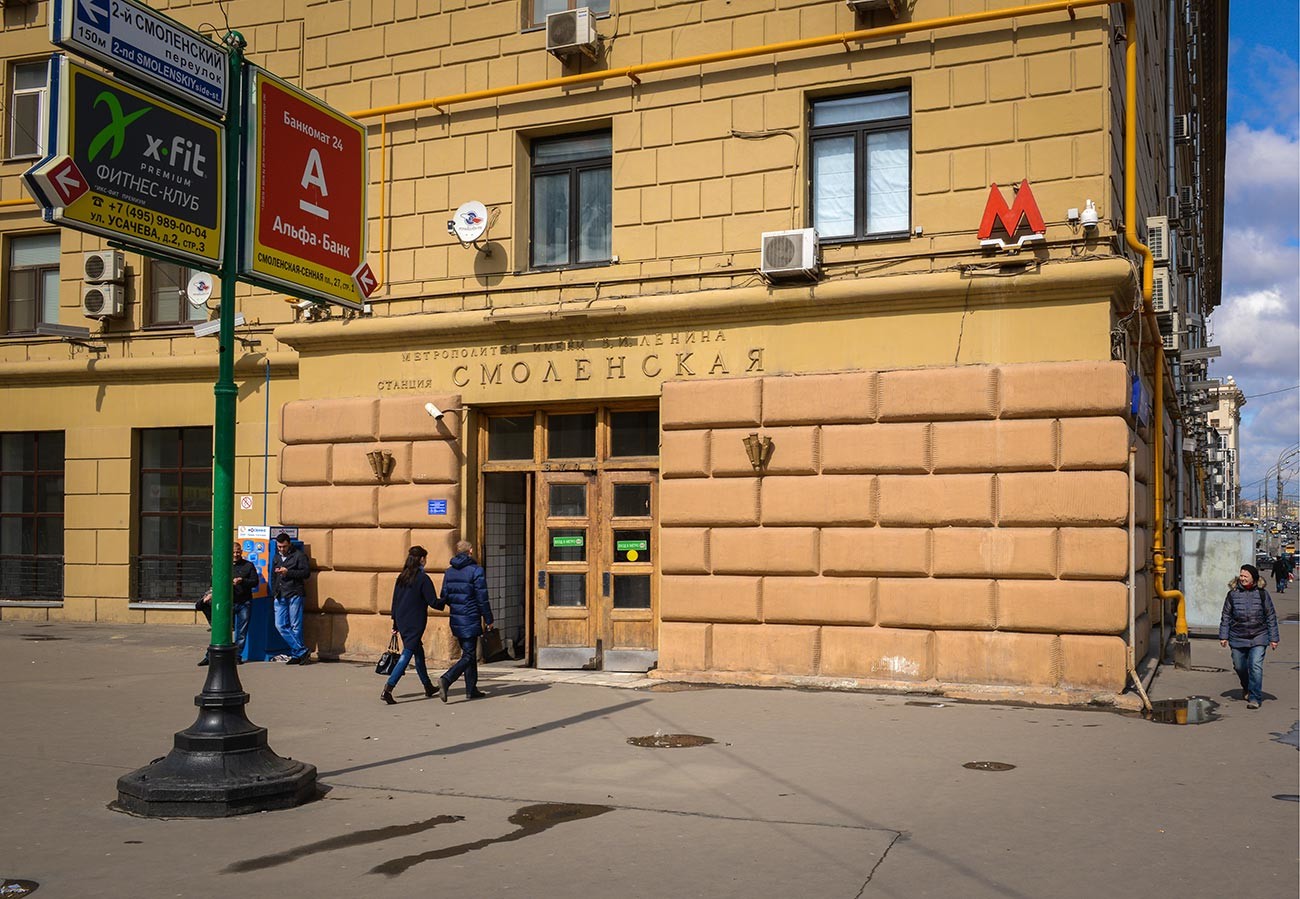
Courtyard with a secret at Paveletskaya Metro station
The entrance hall of Paveletskaya Metro station on the Circle Line occupies the ground floor of a building on Novokuznetskaya Street.
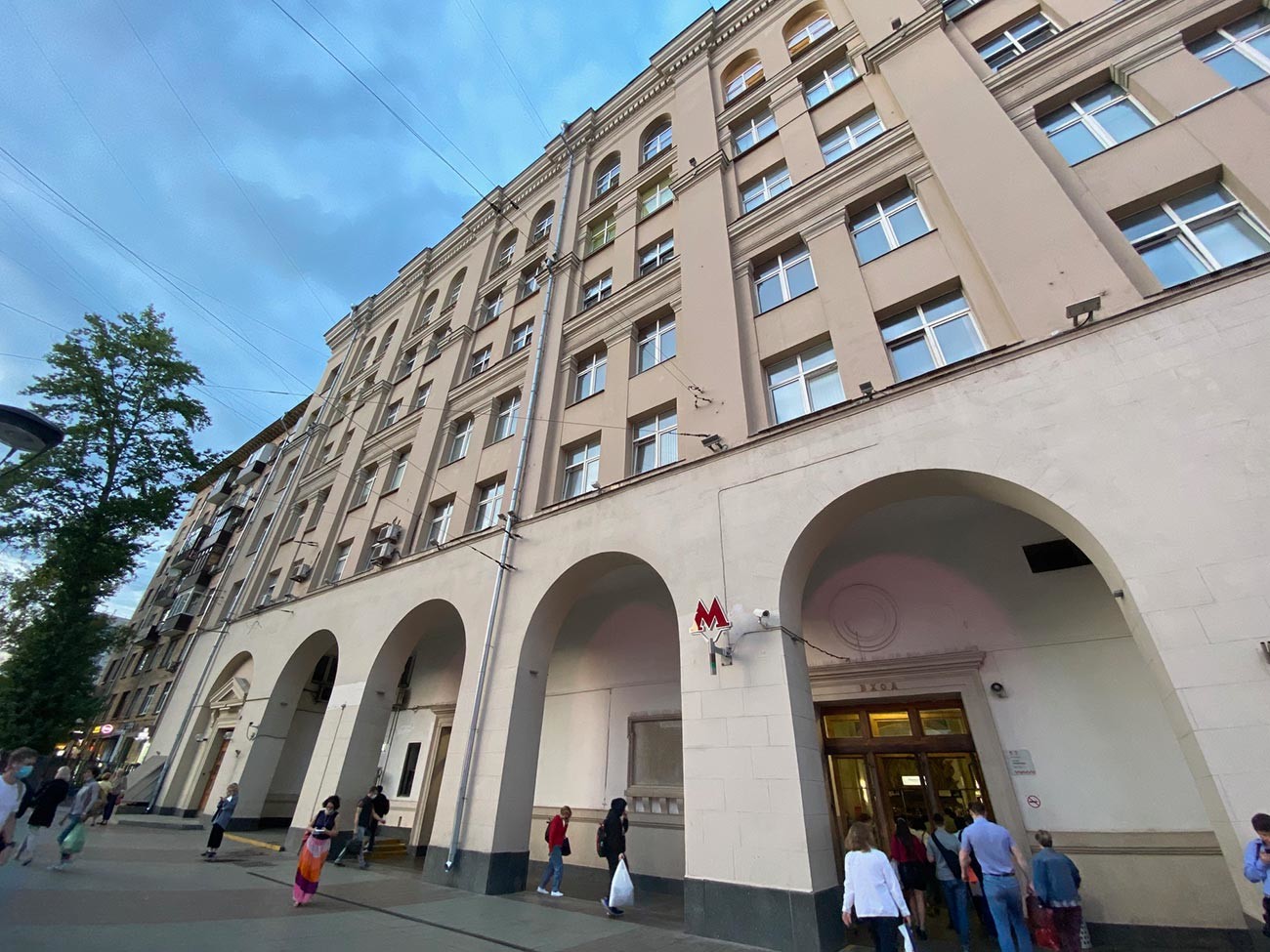
Built in the 1950s, the building houses the Metrogiprotrans State Institute for Metro design and planning and stands directly next to an ordinary residential apartment block. A large part of the entrance hall is located in the courtyard, but you can only see this from a distance.
If using any of Russia Beyond's content, partly or in full, always provide an active hyperlink to the original material.
Subscribe
to our newsletter!
Get the week's best stories straight to your inbox